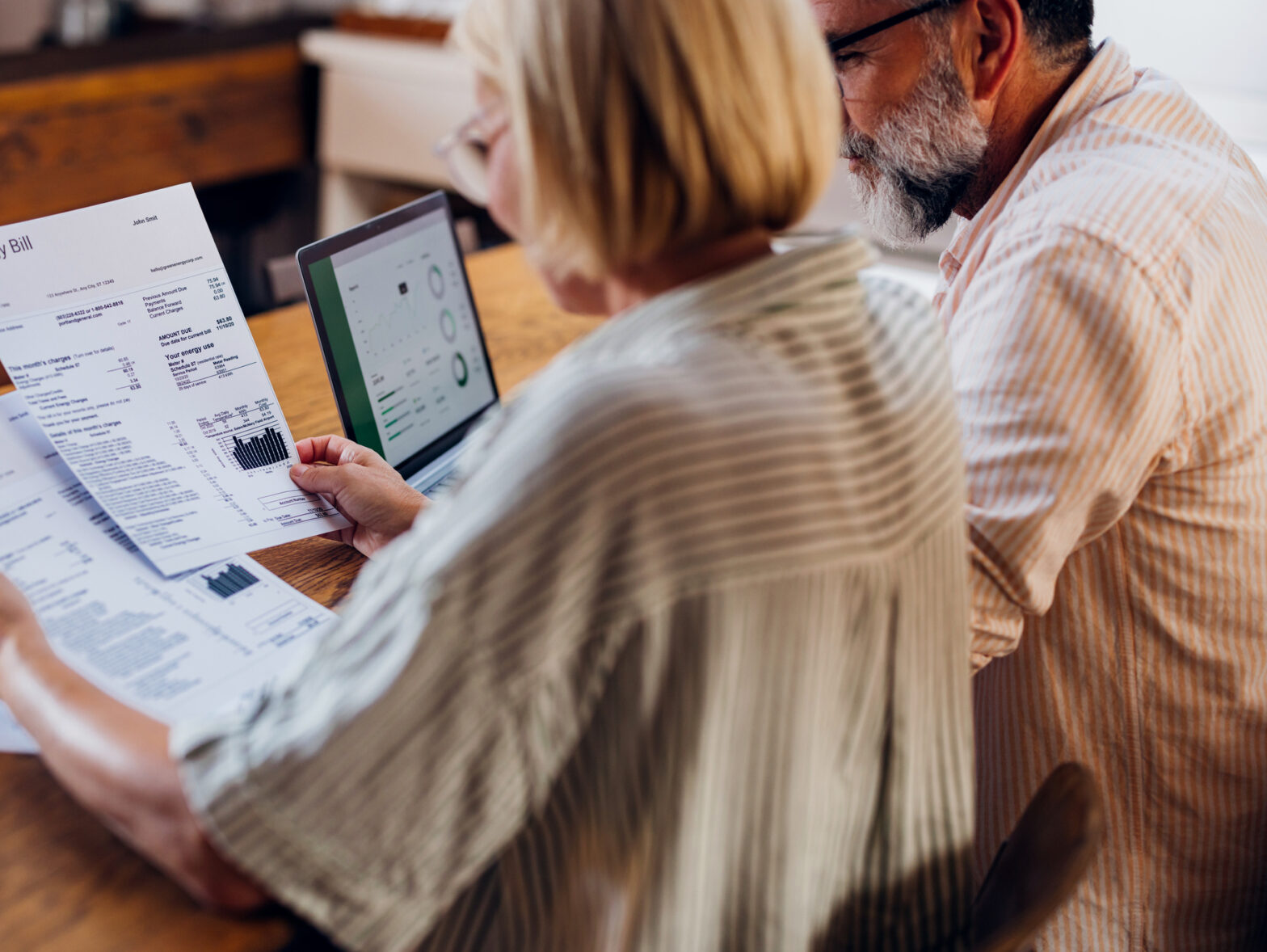Two months ago, we created Uplight by bringing together the six leading solution providers helping gas and electric utilities deliver more modern and effective customer energy experiences to over 80 energy providers, around the world.
And the reason why we put all of these companies together is because, for utilities, getting to consistent and compelling customer experiences is hard. To illustrate, let’s take our CCO, Yoav, as an example. He has a young family and loves going on beach vacations with his kids. Alaska Airlines knows these things about him because of his history with them, and so they regularly market similar trips to him.
As a consumer, Yoav allows Alaska to send him these emails because they’re actually relevant to his interests, and he likes to be on the lookout for good deals.
Meanwhile, as an engaged energy customer, Yoav also loves solar panels, geothermal heating and smart thermostats. But his utility doesn’t seem to understand this about him—or at least is unable to act on that data. For example, he would be a great candidate for an EV rate and a DR program, but he hasn’t received any emails about these offers. His utility, like many others, needs help understanding these things and integrating them into his energy experience.
What we’re talking about here, fundamentally, is a shift towards the kind of customer-centric approach that other industries, like airlines have already made. And utilities do want to make this shift, because it aligns with many of the top business objectives they now have—like improving c-sat, and reducing costs, and hitting program goals, and expanding revenue, and balancing the grid.
But despite a really high level of investment in customers over the last decade, utilities are still struggling with delivering and achieving customer-centricity. For example, a 2018 CapGemini finding showed that, while 78% of utilities perceived themselves to be customer centric, only 7% of their customers agree—an order of magnitude perception gap.
But to figure out how utilities can close this gap, you have to start first with what kind of customer experience modern customers do expect. As it turns out, it’s the same in pretty much any industry, and here are the three steps:
First, you have to Engage customers, building trust with consistent, personalized contact. Sticking with the airline industry, Southwest Airlines does well with their monthly rewards newsletter, which purports to update you on your mileage status, but is fun and light and filled with happy pictures of Southwest employees, and offers useful travel tips and news. What this is really about is driving greater engagement and trust in the company and their brand.
Next, you have to Activate them. This means building on that trust and converting that engagement into purchases, enrollment or other actions, and with experiences that are smooth, contextual and relevant. Delta and other airlines do that well by giving you easy ways to spend incrementally increase your spend—and your perception of value—for better seats, more legroom, earlier boarding, etc., at exactly the right moment in the check-in process.
Finally, modern companies Orchestrate that customer experience, which means keeping them engaged in simple, seamless and automated ways—and driving further action with smart technology. For example, as I land, Air France’s app not only welcomes me, but proactively lets me know at which carousel I should look for my bag, even though I didn’t have the app open. I didn’t have to go searching for that info, it sensed where I was, and then gave me the info I needed, when I needed it.
So why is this so hard for utilities?
One reason is because of the complexity of a utility’s system environment. For example, like any large company, utilities need a few horizontal customer systems, like CRM, Contact Center and CIS, some of which they also use to engage with customers.
But energy experiences are also unique, and they require a range of special energy action capabilities to power things like Home Energy Reports, Marketplaces, or Demand Response. This has forced utilities to become their own systems integrators, managing many overlapping point solutions all focused on influencing and managing the many different energy actions that utilities want customers to make. These could include enrolling in DSM solutions, purchasing EE products on a branded marketplace, receiving a safety notification, or reading a BEE report.
And then most of these point solutions then also have to connect to the horizontal platforms systems, and each have their own custom integrations—and pretty soon the customer is getting one set of recommendations from the call center, and another from mobile app, and another the marketing email, and another from the HER report. In other words, the customer’s energy experience is an inconsistent and disconnected mess.
This is why Yoav’s utility struggles to understand him and help him take the right energy actions, even though he’s an ideal candidate for many. And he’s not alone. When you consider 12 bills per year, marketing emails, energy reports, text alerts and everything else, a 1 million meter utility has on the order of 20 million touchpoints with their customers each year. And, the harsh truth is these disconnected, inconsistent and irrelevant experiences are squandering these valuable touchpoints each year with customers like Yoav.
At Uplight, we believe what’s missing is systematic approach for connecting those point solutions, simplifying the integrations for the utility, sharing customer data for analysis, and creating a consistent set of customer experiences for influencing and driving energy actions. In other words, the utility industry needs a system for Energy Action Management.
This, of course, doesn’t all have to be provided by one company. There are already a lot of providers out there doing great energy action work. But it does mean there’s a new role for tightly integrated platforms and common technology standards — beyond loose partnerships — that can simplify this layer and help utilities unify these experiences.
This was also our vision in creating Uplight: to be able to provide the market’s most complete, integrated collection of energy action management solutions, but as a part of one, unified platform. In other words, we’re aspiring to provide a central solution for enabling the kind of cohesive, connected customer experience utilities are trying to create.
And many of our utility partners, including National Grid, Duke Energy, and Consumers, are already seeing the benefits of getting a more holistic solution for energy action management; one that’s able to work together seamlessly precisely because it’s all from a unified platform.
Regardless of how it comes together, it is clear that the market is overdue for a common and connected approach to the customer energy experience, and that every utility should be aspiring to assemble their own Energy Action Management system and have the underlying platform(s) to support it.
This is not only because integrated Energy Action Management will result in lower costs and easier deployment, but most importantly, because it leads to a better understanding of the customer, more relevant engagement, greater conversion to revenue, and in the end, enables the kinds of rich, orchestrated experiences that customers now expect—and the future depends upon.




